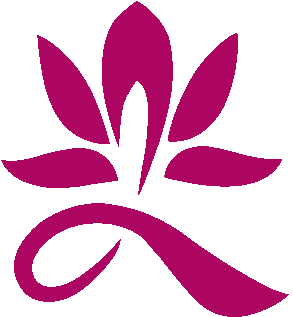View count:
20818
Introduction
Department of History- Images and Cultural Assets Curriculum
- Historic Classics and Applications Curriculum
◎ Department features:
( 1 ) History brings together national cohesion, cultural heritage, ethnic groups, and local memory. When history stresses sensitivity toward modern and contemporary economics, it can also be used to create humanistic economic values and thought. Unfortunately, society does not universally understand or value the importance of history. In the face of global competition, the European Union has identified eight core indices regarding youth of the future. Among these, “cultural expression” is especially important, and this ability is of course based on history.
( 2 ) The difference between this department and the history departments at other schools is that we attach great importance to the study of historical classics, together with a series of courses on images, movies, drama, and music, thereby emphasizing the culture, art, and practice of history. These courses stress the culture, art and practice of the historical discipline, thereby implementing the plans of the Ministry of Culture and furthering industry-university cooperation. This diverse approach to learning opens up and guides students, encouraging them to lead active and thoughtful lives. The department’s programs are divided into "history classics and practical applications” and "Image and cultural assets.” Through comprehensive curriculum design, students develop basic historical knowledge, skills at historical writing and self-expression, the use and analysis of graphic history, and the recognition of art and cultural assets. We are looking forward to cultivating the cultural expressions and thinking skills needed by a new generation.
( 3 ) In addition, the department has international teachers and holds international academic seminars in new fields. The number of students from Korea, the mainland, and the United States have been increasing annually, allowing students to encounter different life experiences and cultural stimuli, and also to develop second language expertise that they can use in their careers.
( 4 ) The characteristic courses of the department are: image and cultural assets, history classics, and applied courses.
◎ Direction of Department development:
We intend to contemplate how to better base teaching on the impact that cultural classics have had on modern thought, thereby leading the students to appreciate the beauty of history, and offering mandatory classes on historical classics. The latest series of courses on film, drama, music emphasize the relationship between culture, art, as well as their practice and relation to history. Going beyond implementing the Ministry of Culture plan and industry-university cooperation, our department will also emphasize a multi-faceted learning approach that opens up students’ minds and guides them in a lively manner. The department also has a tradition of reading clubs that continue to be held, including those for Historical Records, "Zizhi tongjian,” the "Four Books", and so on. Coffee, tea and even the sounds of insects and birds accompany students on this journey as they experience the spirit of culture.
◎The future path:
By spending four years in this department, students learn specialized skills such as independent thinking, research, editing, and application that allow them to work in public administration, teaching, research units, cultural and historical related careers, local cultural and historical workshops, and other related jobs. Others can choose professional literature and history research institutions, historical writing, the publishing industry, film and television, graphic copywriting, art museums and galleries, culture tourism, and other related work.

 Department of History, Fo Guang University
Department of History, Fo Guang University